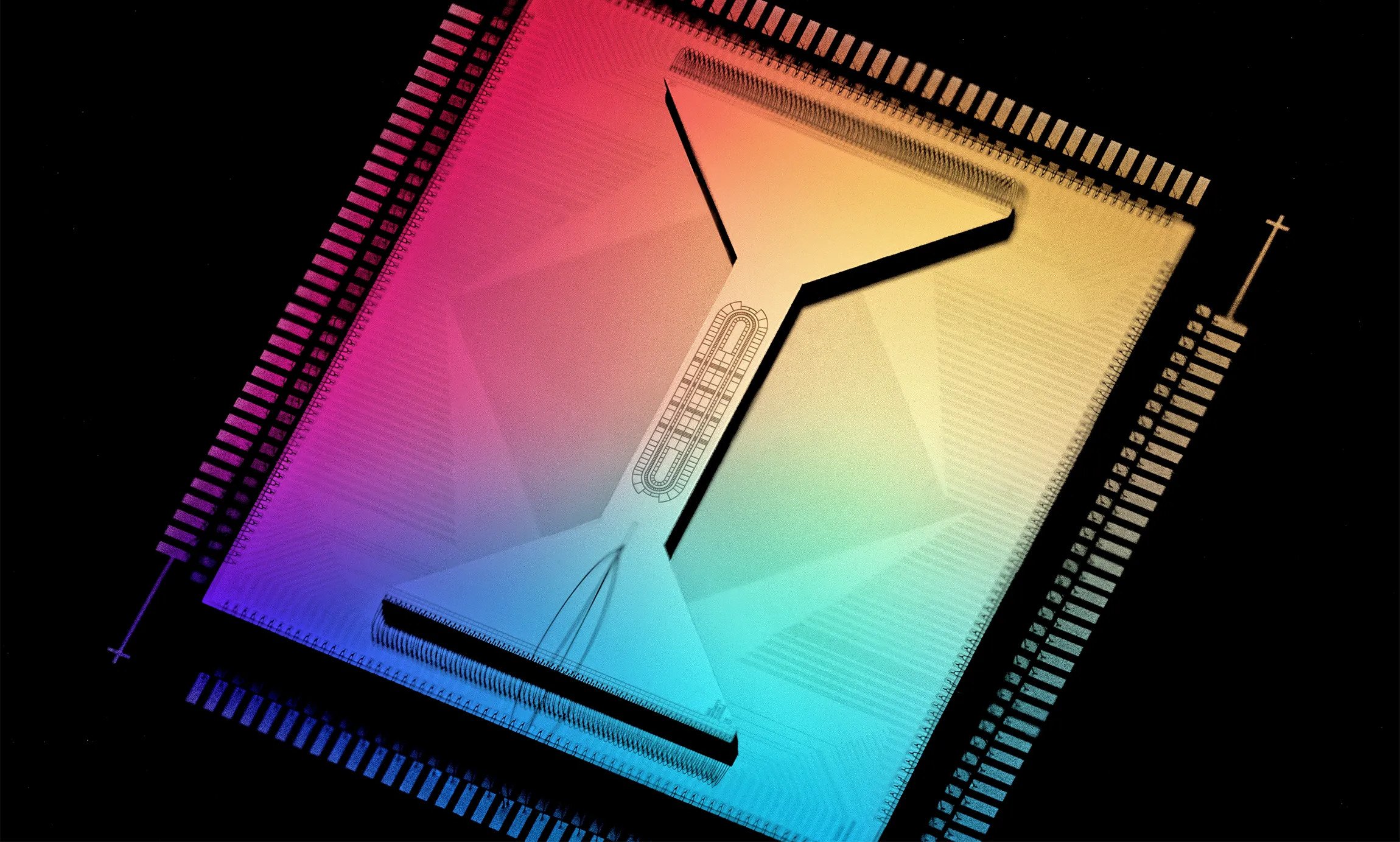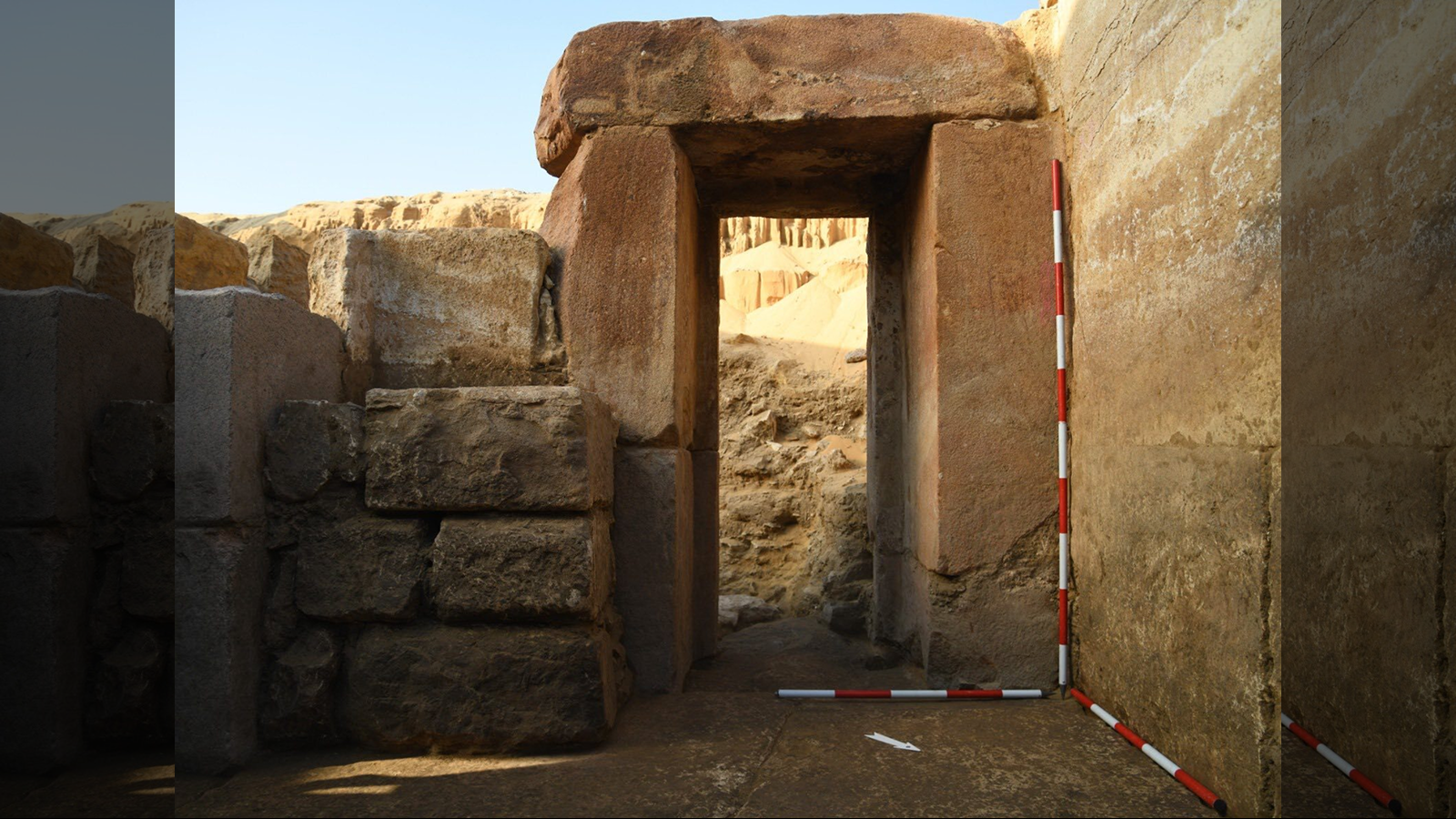Bizarre particle that can remember its own past created inside quantum computer
Non abelian-anyons' recollection of their past has enabled physicists to weave them into complex entangled designs with new behaviors.

A weirdo particle that can remember its own past has been created inside a quantum computer, and scientists think it could be used to probe even deeper into quantum phenomena.
The quasiparticles, called non-abelian anyons, maintain records of their previous location when swapped with each other — enabling physicists to weave them together into complex entangled designs with new and weird behaviors.
To get a picture of how most subatomic particles behave, imagine the old street game where a ball is hidden under one of three identical cups, then shuffled around. Just like in this shell game, if you swap three perfectly identical particles around any number of times without tracking their movements, you'll have no way of guessing which is which by the time the cups have stopped moving. In quantum physics jargon, we say that particles are abelian: the order we observe them in doesn't matter because they are indistinguishable.
Related: Quantum computers could overtake classical ones within 2 years, IBM 'benchmark' experiment shows
Yet for non-abelian anyons, the opposite is the case. First proposed by the theoretical physicist Frank Wilczek in1982, each change to the positions of the bizarre particles causes them to become more entangled with each other, altering their quantum vibrations to form an ever-more-complex braid that remains visible even after they have been swapped.
For physicists designing quantum computers, this gives non-abelian anyons some very alluring properties. Quantum bits, or qubits, can easily be exposed to noise and scrambled, meaning that scientists often try to encode information in quantum systems not in the bits themselves, but in how the bits are arranged relative to each other.
For an analogy, imagine a book “where every page is empty, but if you look at all the pages at once, the information slowly adds up," Henrik Dryer, a theoretical physicist at the quantum computing firm Quantinuum, which created the particle, told Live Science. "Even if you scratch out one page, it doesn't matter, because the information is in the correlation between the pages."
Get the world’s most fascinating discoveries delivered straight to your inbox.
Dryer explained that until now, physicists working on quantum computers have connected the pages using abelian particles, or ones that are completely interchangeable. This is an effective method to account for noise, but because abelian particles are indistinguishable from each other, it requires computationally intense workarounds to prevent the qubits from getting mixed up.
To find a way around this, Dryer and his colleagues developed a new quantum computer, named H2, that trapped ions of barium and ytterbium inside powerful magnetic fields, before tuning the ions with lasers to transform them into qubits.
By entangling these qubits with each other into a complex braid-like arrangement, the researchers found they had given the qubits properties exactly like those predicted for non-abelian anyons — a result which they say is equivalent to having created the elusive particles.
"It's not simulated, it's the real thing. And that is just the mathematical definition," Dryer said. "Let's take water ice: if you make a crystal that has the same properties as ice, but without H2O, then you could say it was a simulation, right?" But in this case, the definition of a non-abelian anyon is only about entanglement.
Besides helping build more robust quantum systems, the scientists say that non-abelian anyons will help them to design more advanced experiments to probe even deeper into weird quantum effects that emerge from large-scale entanglement.
"I think the most exciting thing that comes out of this is using these kinds of states, not for computational purposes, but just for asking research questions," Dryer said. " This could provide some value to people as a science tool by performing new experiments that you couldn't with a classical computer."

Ben Turner is a U.K. based writer and editor at Live Science. He covers physics and astronomy, tech and climate change. He graduated from University College London with a degree in particle physics before training as a journalist. When he's not writing, Ben enjoys reading literature, playing the guitar and embarrassing himself with chess.


